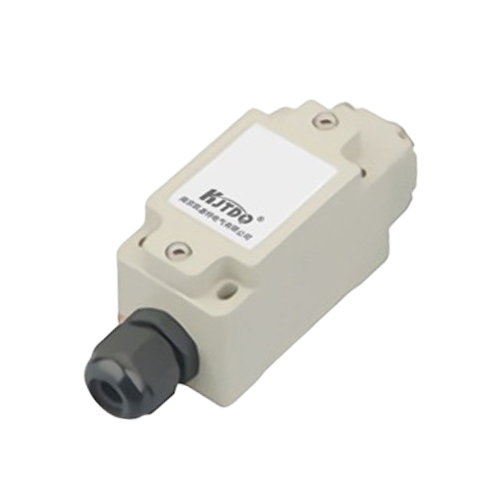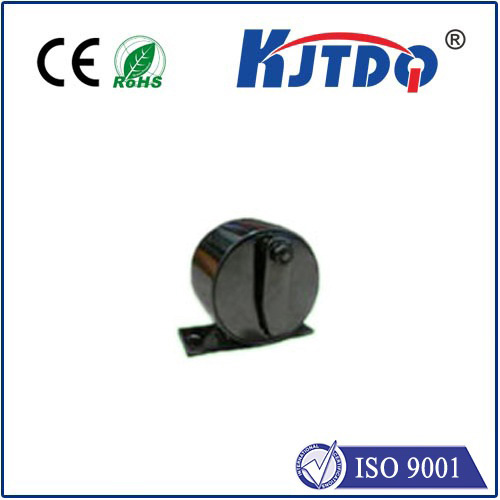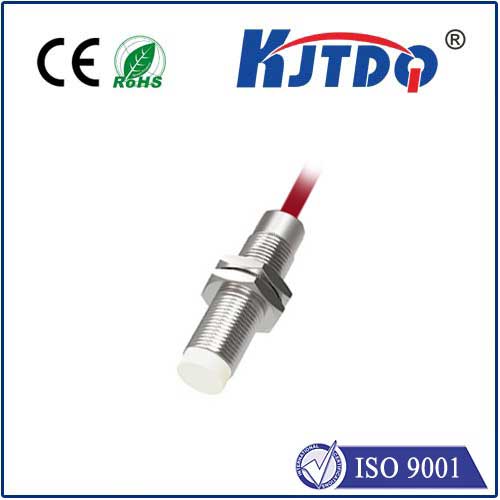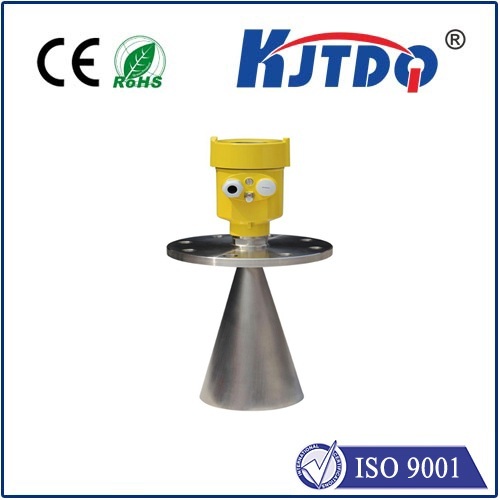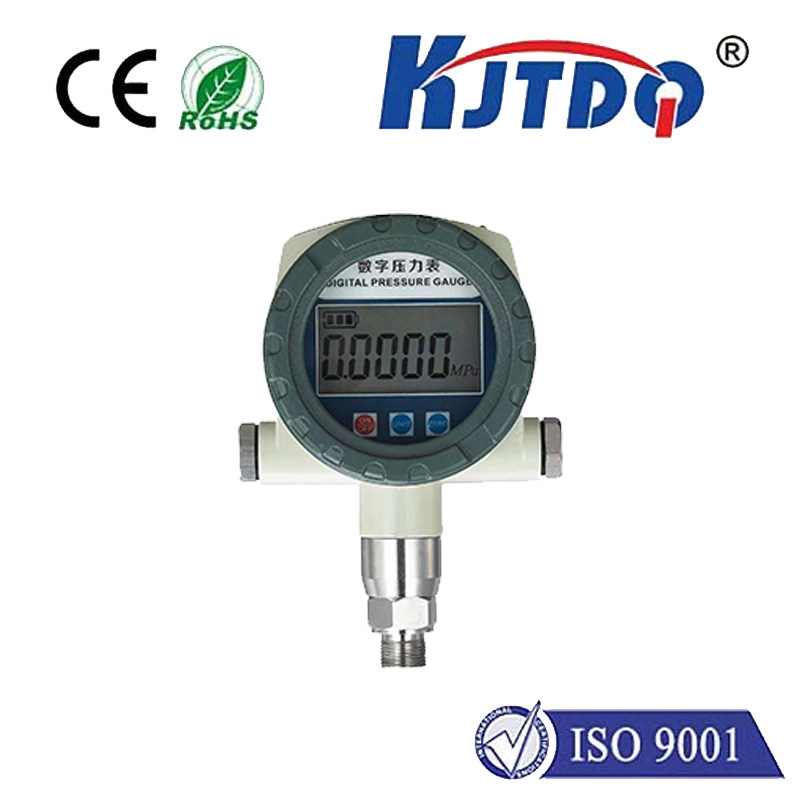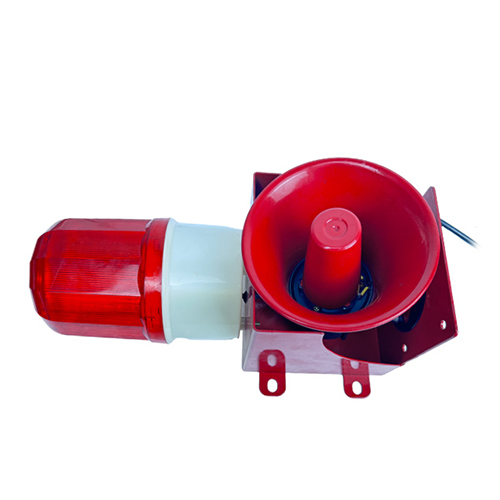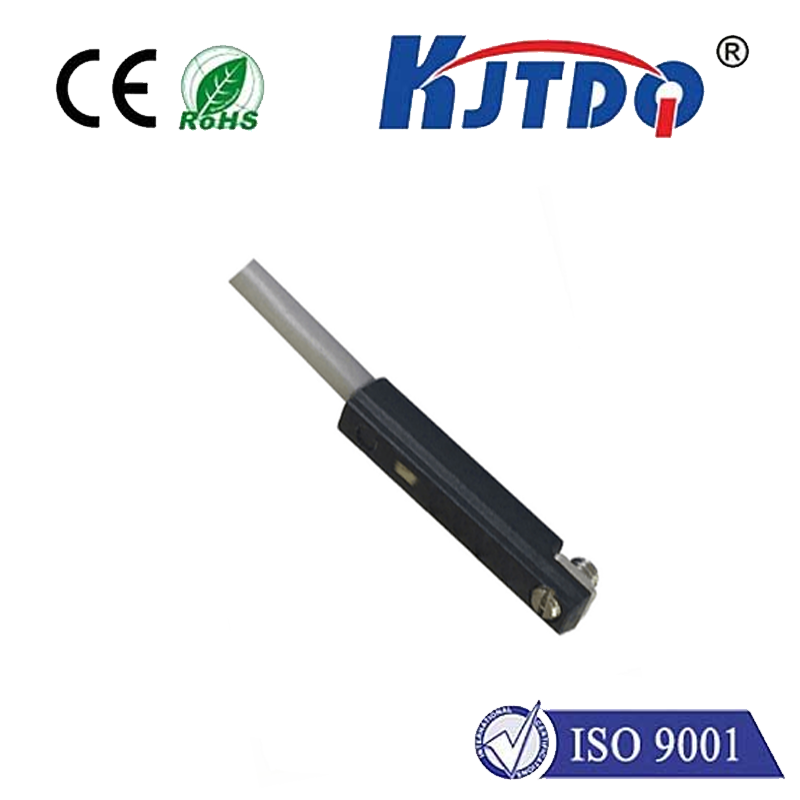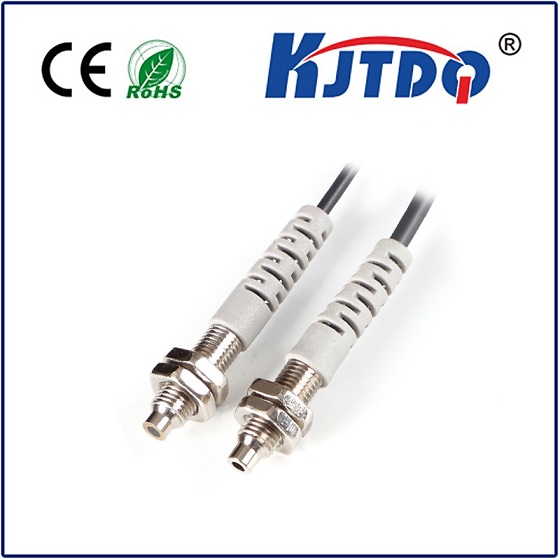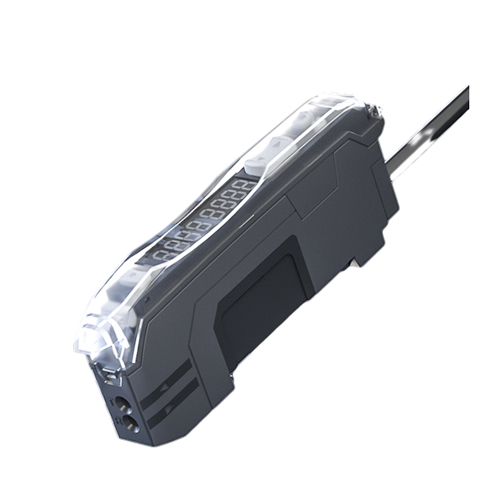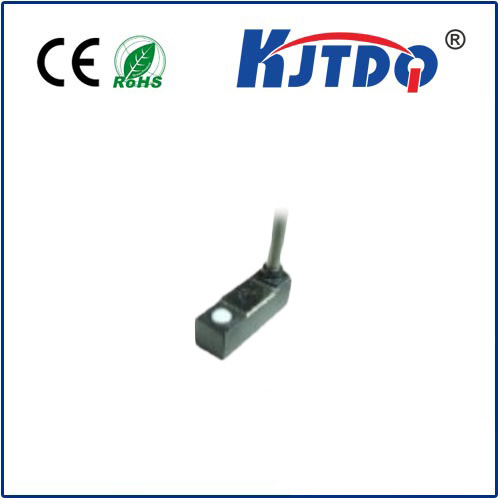

check

check

check

check

check

check

check

check

check

check
The International Electrotechnical Commission (IEC) is a prestigious global organization that sets standards for electrical, electronic, and related technologies. One of their significant contributions is the development of standards for limit switches, also known as position switches or end-of-stroke switches. In this article, we will delve into the essentials of IEC limit switches, highlighting their importance in industrial applications.
What exactly is an IEC limit switch? At its core, it is a device used to detect the presence or absence of an object within a specific range. It operates on the principle of magnetic induction, wherein a moving magnet triggers a reed switch inside the housing. When activated, the switch sends a signal to a control system indicating that the desired position has been reached.

One of the most crucial roles of IEC limit switches is in ensuring safety. They serve as safeguards in various machinery and equipment by preventing overloading, overheating, or other potentially harmful conditions. For instance, limit switches might be employed on conveyors to stop belt movement when objects reach a certain point, thus preventing accidents.
Moreover, IEC limit switches contribute to process automation by providing critical feedback on machine status. They allow systems to monitor and regulate operational cycles, enhancing efficiency and productivity. In industries like manufacturing, these switches are vital components enabling precision control during assembly lines or other automated processes.
Another advantageous feature of IEC limit switches is their versatility. Available in various shapes and sizes, they can be adapted for diverse environments and applications. Some models come equipped with additional functionalities such as built-in delay timers or adjustable actuation distances, offering more customization options for users.
Maintenance is another aspect worth considering when discussing IEC limit switches. Since they rely on mechanical components, regular checks and cleaning are necessary to maintain optimal performance. However, with proper care, these switches can last for extended periods without requiring replacement.
In conclusion, IEC limit switches play a pivotal role in modern industries by contributing to safety protocols, improving automation capabilities, and enhancing overall operational effectiveness. Their adherence to international standards ensures reliability and consistency across different sectors. As technology continues to evolve, so too will our understanding and application of IEC limit switches—a testament to their lasting relevance in industrial advancements.
